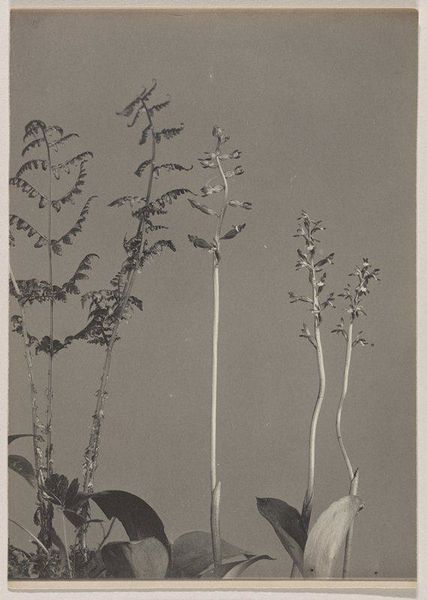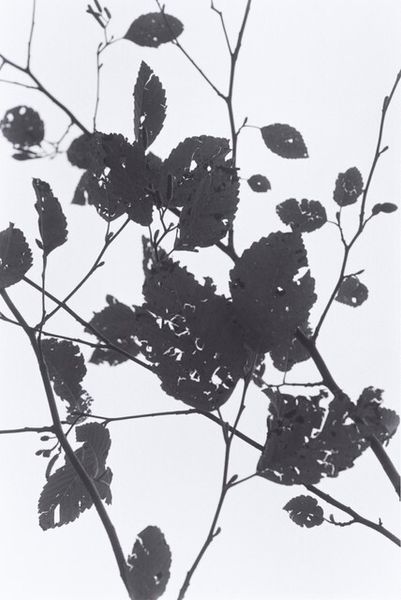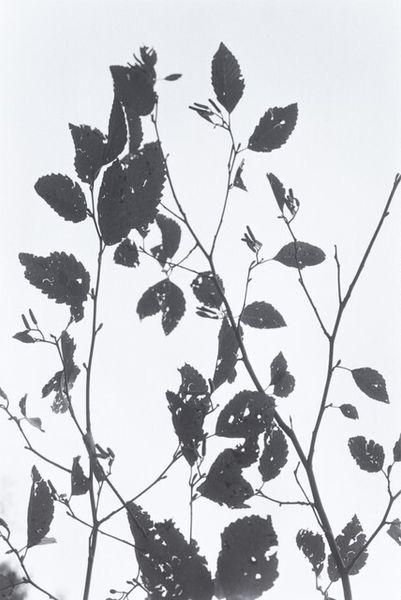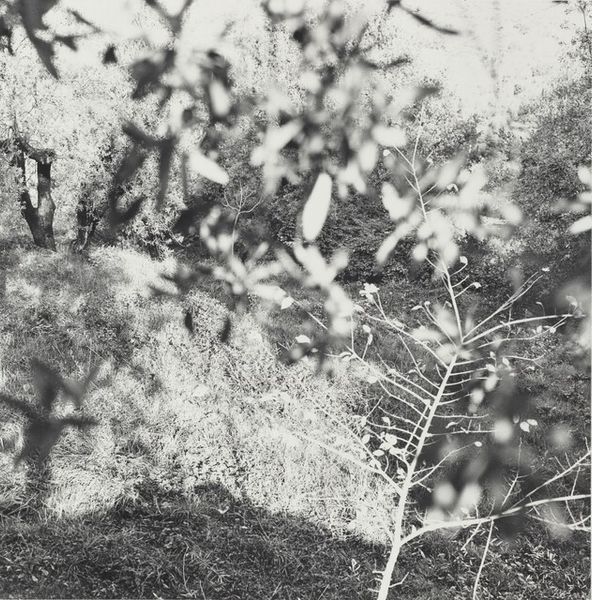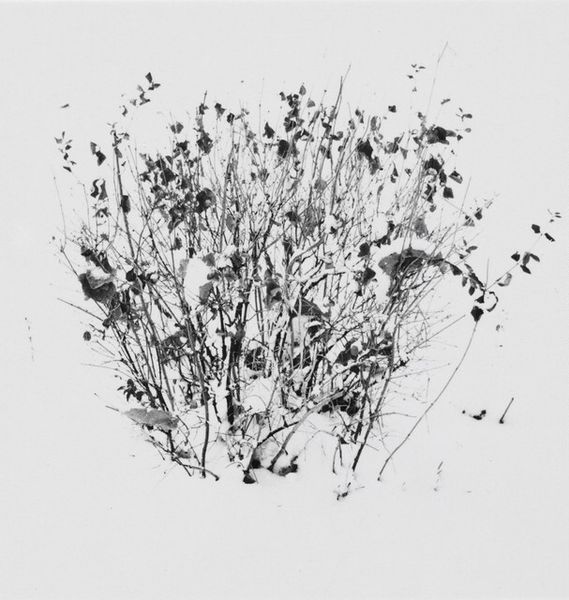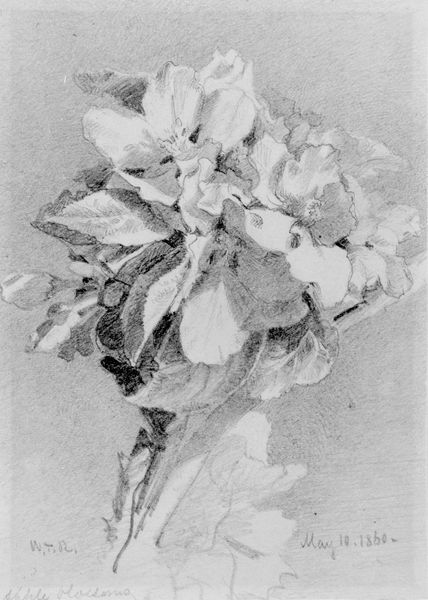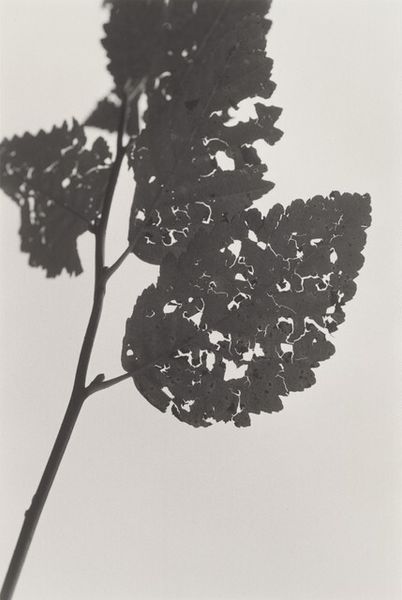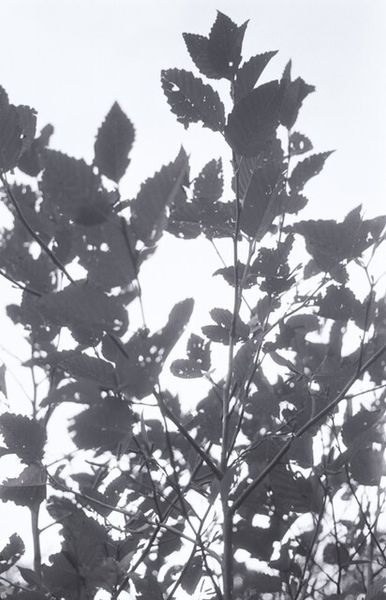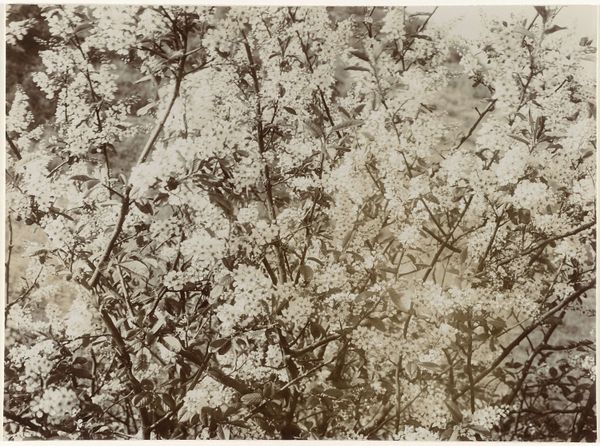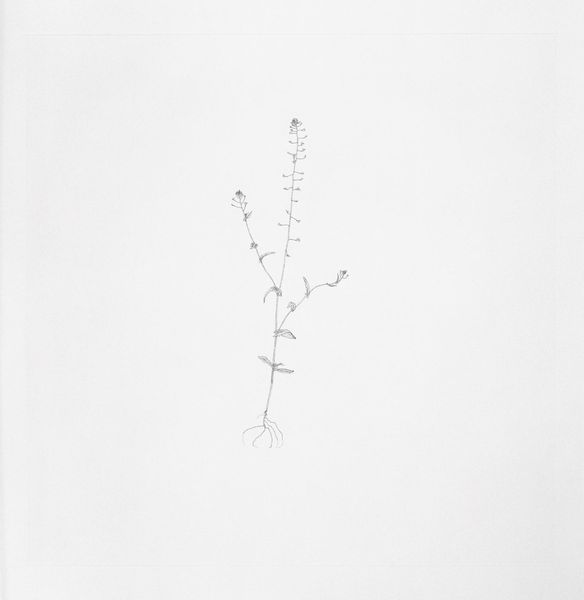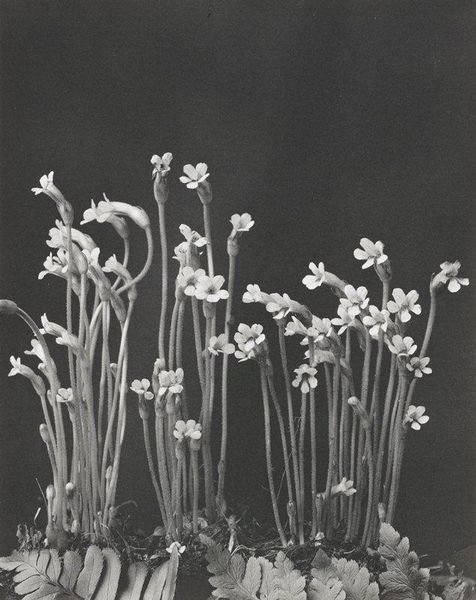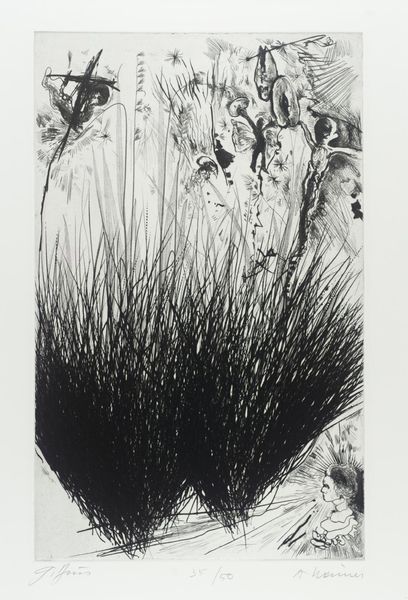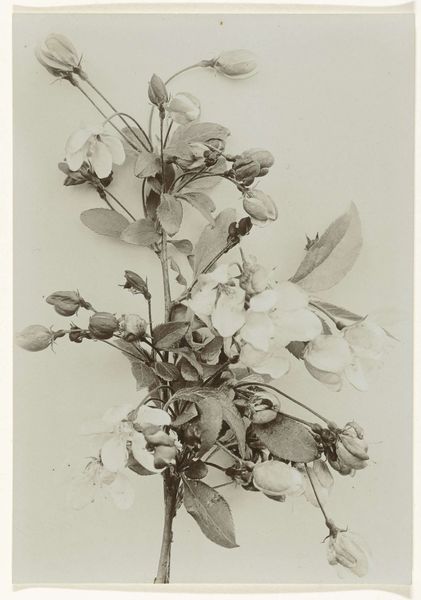
drawing, print, paper, ink
#
drawing
# print
#
flower
#
paper
#
nature
#
11_renaissance
#
ink
#
plant
#
black and white
#
nature environment
#
botany
#
northern-renaissance
Copyright: Public domain
Curator: Today we're looking at "Butter Cups, Red Clover and Plantain," a work on paper executed in ink by Albrecht Dürer, around 1526. What’s your initial impression? Editor: Intricate! And rather somber, given that we’re looking at what are usually very vibrant living things. It feels like a scientific study, meticulously rendered. Curator: That's interesting. Dürer was indeed fascinated by the natural world, and prints like this, and drawings like this would have had value as botanical records, and teaching tools, perhaps even pattern books, given that prints could be duplicated and distributed. What do you notice about Durer's specific approach? Editor: There's such attention to detail. He clearly spent a great deal of time studying these specimens. I can see how each of these different plant forms relates, like seeing their underlying geometric structure. And also a certain sense of frailty. It almost reads like a memento mori. Curator: A memento mori? Considering the prevalence of such symbolism in Renaissance art, I wouldn't be surprised, though the symbolic language of botany wasn't as defined as other systems of imagery at that time. For Durer, the process was all important. Note that Dürer, as with most printmakers of the time, would have employed apprentices in his workshop. How might collaboration have shaped the result? Editor: It seems almost contradictory. Each component of nature—the clover, the buttercups—bears a different cultural significance depending on region and belief. The composition becomes almost an argument or maybe a conversation of different meanings, laid carefully on top of each other. Curator: You've touched on something crucial about the period and Dürer's social context. The Reformation was happening and this burgeoning interest in the natural sciences was rising, and both, arguably, encouraged different ways of seeing and representing the world. And this particular print—a botanical study by a celebrated artist— occupies a unique position in that matrix. It reflects both. Editor: It's given me a new appreciation for the subtle ways the artist uses form to imbue nature with layered meaning. Curator: And for me, it's a reminder of the complex relationship between artistry, the workshop system and intellectual shifts in sixteenth century Europe.
Comments
No comments
Be the first to comment and join the conversation on the ultimate creative platform.

